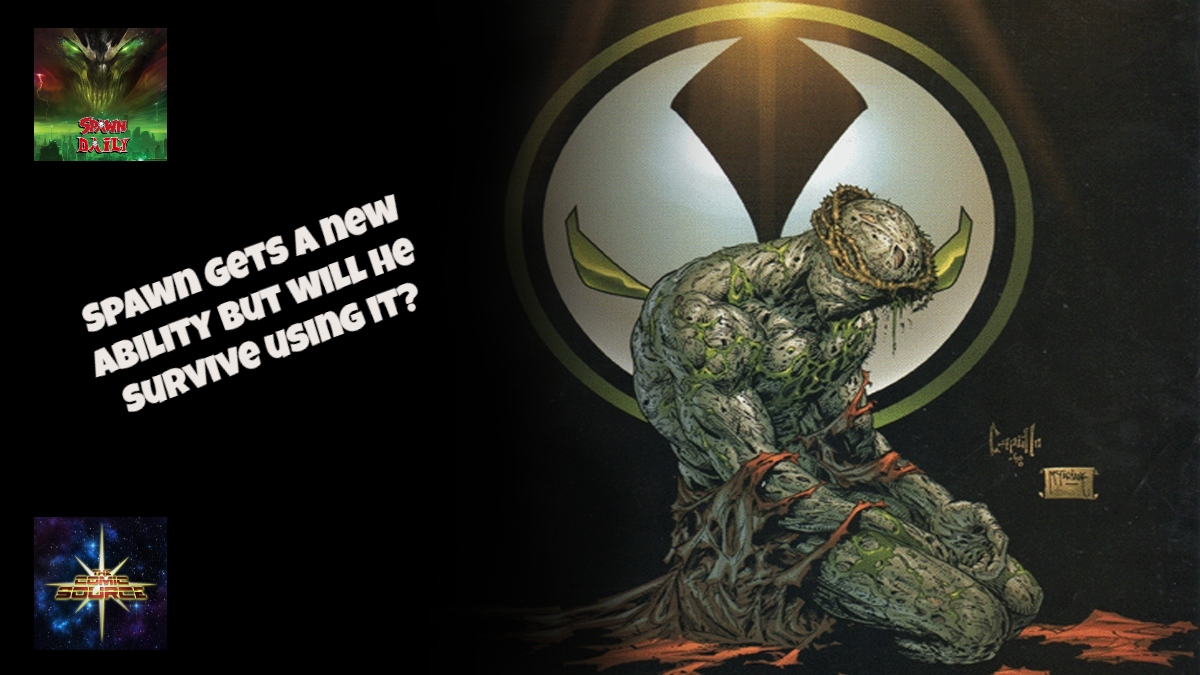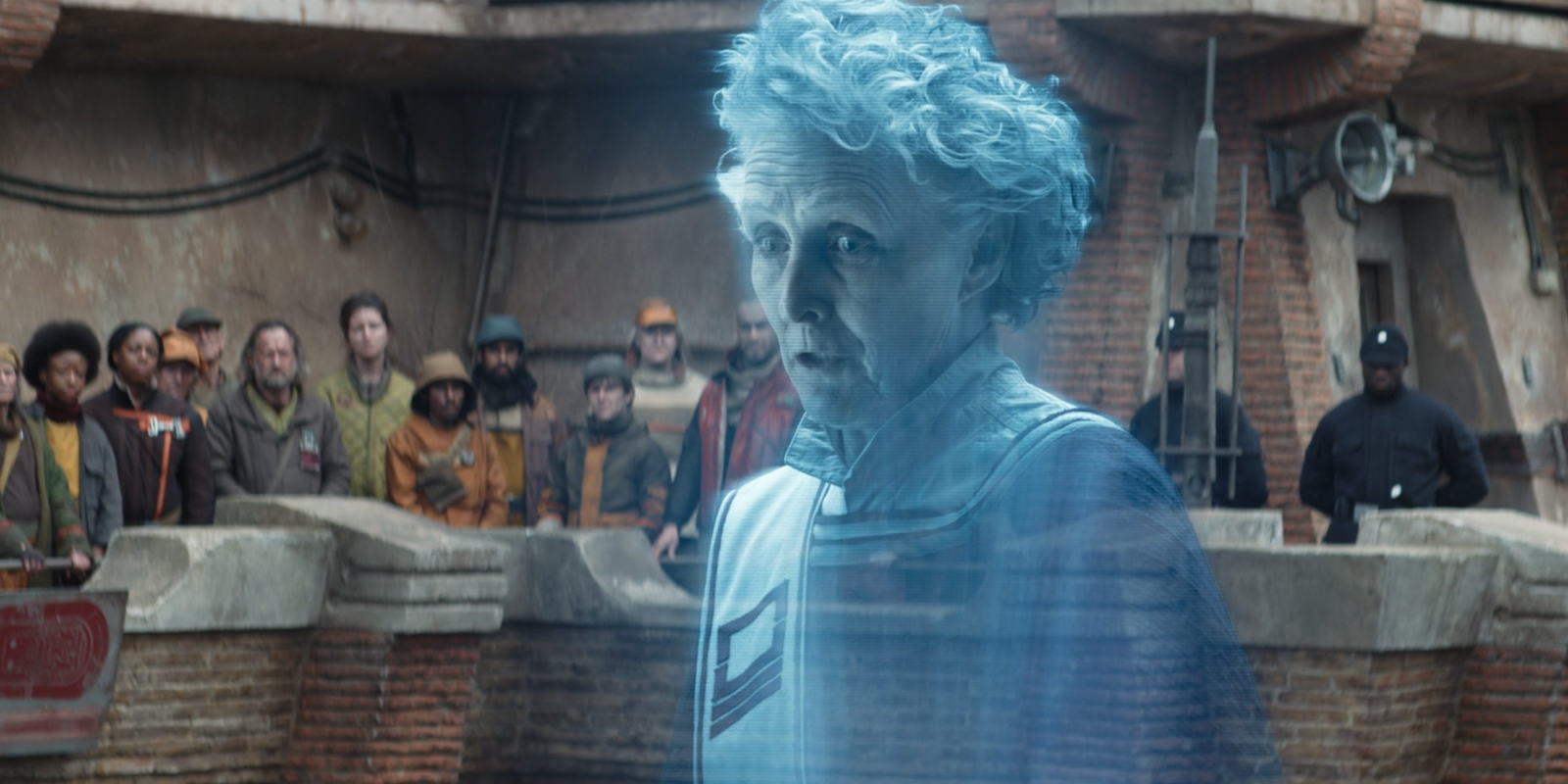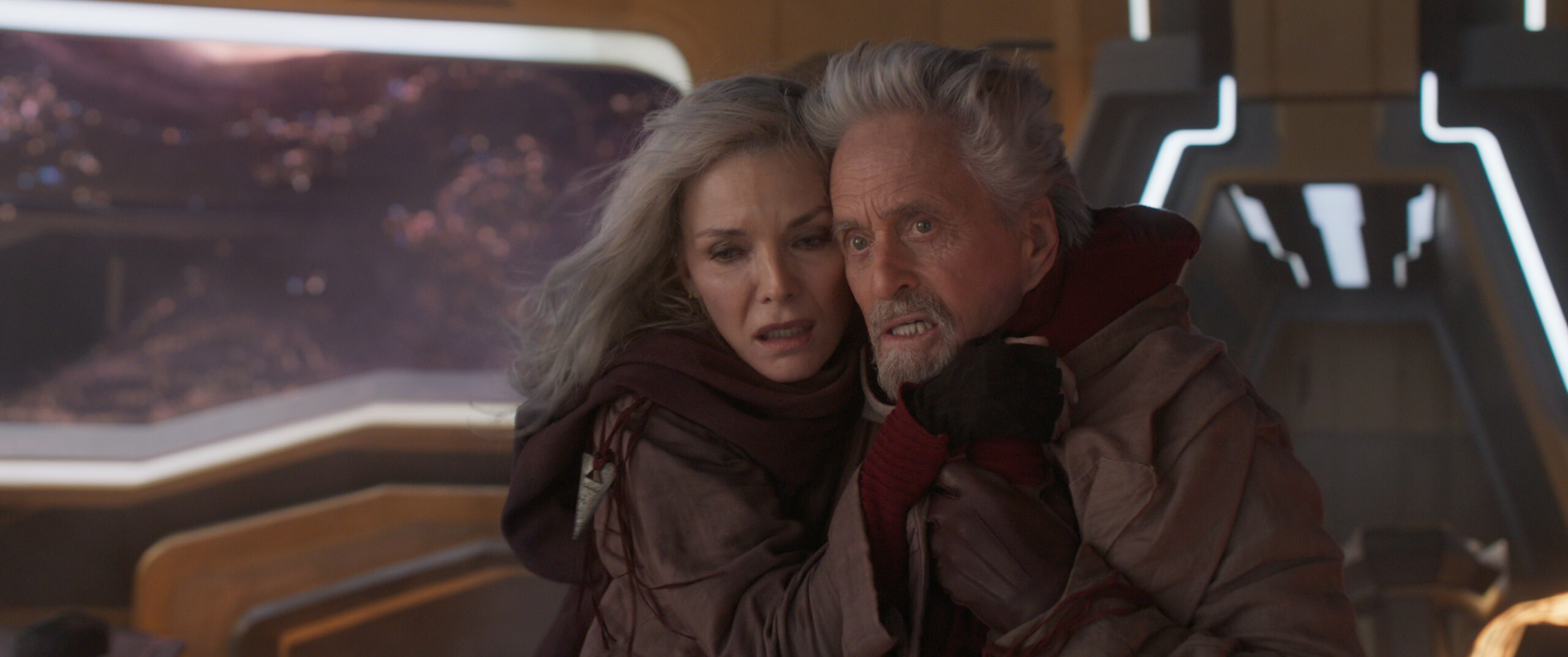![]()
Image via Disney
I don’t think I’m alone when I say I had very little faith when The Jungle Book was first announced by Disney. Yes, I love Jon Favreau as a director, but the whole idea of simply mining their animated classics seemed lazy and stupid. In the time since then, we’ve had solid entries like Cinderella, and of course The Jungle Book, which ended up being something of a groundbreaking classic — especially on the technology front. Despite being coined as a live-action film, pretty much everything in it, with the exception of Mowgli, was an animated element.
Favreau is looking to take certain elements of that technology, including the use of virtual reality tech. This is tech I actually hadn’t realized had been utilized in the past, and it’s really interesting to see its rise in its use in the mainstream. Actually, the fact that it’s being used by main consumers is one of the reasons why the technology is advancing so quickly — even quicker than simulcam and motion capture tech, as told to Coming Soon by Favreau:
“A lot of the simulcam and motion capture technology that we use here, a lot of it was innovated around the making of Avatar, and hasn’t really changed much, because there’s just not a lot of consumers. There are a lot of people who watch, but not a lot of people who use the technology. So we were finding ourselves building around technology that hadn’t changed a lot in the last 10 years. But now as we’re exploring what is being developed for VR, and game engine technology, a lot of that was used to some extent in Jungle Book, but as I look forward to developing this process further, there’s a lot over overlap.â€
I know when I hear the words “virtual reality†I don’t immediately see its applications for use in filmmaking. No doubt, this is more than partially a result of my technological ineptitude and inexperience, but I’d imagine I’m not alone on that front. So for someone stupid like me, how does one use this for filmmaking?
Favreau embellished on that thought and how he plans on using VR for The Lion King:
“Being able to scout–and some of this we were doing with Jungle Book as well, but the ability to actually design an environment virtually, and then to walk around in it with your crew, doing a scout. And to be able set shots and to be able to choreograph movement, and move set pieces around before you do the heavy versions of it. Because there’s a lot of really light files, again, the processing is getting better and the coding is very specific to game engines now, so that the files remain light, so you can experience them in real time, so you can move assets around in real time, and start to rough in what you want to do as a filmmaker. And finally, when you deliver it to the point where you’re actually turning it over, and rendering the stuff in a very expensive, time-consuming way, you’ve already made all your creative decisions using technologies that are more geared towards gaming.
[…]
“If you want to look at things in real time, especially in 3D, the game engines offer you a lot of opportunities to build upon that engine.â€
So in essence, this really takes things to a whole new level in terms of shaping a film completely from scratch. From the sound of it, they start to create an environment, and are then able to fully walk around that environment in VR and plan all their shots — as if they’re in a legit location. Seems like a goldmine for any director but a nightmare for the team actually putting in the elbow grease to make this environment, but I look forward to seeing how this plays out.
The whole process of filmmaking is one giant illusion. Even on many standard live-action films, if you were to pan the camera left or right, you’d notice a sea of flags, silks and lights. The illusion is carefully crafted for optimum effect on what the camera is pointing at. Similarly, if you were to point the camera left or right in most CG-heavy films, you’d likely notice all sorts of imperfections that were left, simply because the camera didn’t point in that direction. This new VR method seems very reminiscent of video games, and seems like it may put the pressure on to make all of the environment as detailed as possible just in case they want to utilize it. More than anything, I’d want to see the behind the scenes work on this one, just to see just how Favreau is able to take this whole process into account.
What do you think of this new VR process? Let us know your thoughts down below!
Don’t forget to share this post on your Facebook wall and with your Twitter followers! Just hit the buttons on the top of this page.
SOURCE: Coming Soon

 FOR FANBOYS, BY FANBOYS
Have you checked out LRM Online’s official podcasts and videos on The Genreverse Podcast Network? Available on YouTube and all your favorite podcast apps, This multimedia empire includes The Daily CoG, Breaking Geek Radio: The Podcast, GeekScholars Movie News, Anime-Versal Review Podcast, and our Star Wars dedicated podcast The Cantina. Check it out by listening on all your favorite podcast apps, or watching on YouTube!
Subscribe on: Apple Podcasts | Spotify | SoundCloud | Stitcher | Google Play
FOR FANBOYS, BY FANBOYS
Have you checked out LRM Online’s official podcasts and videos on The Genreverse Podcast Network? Available on YouTube and all your favorite podcast apps, This multimedia empire includes The Daily CoG, Breaking Geek Radio: The Podcast, GeekScholars Movie News, Anime-Versal Review Podcast, and our Star Wars dedicated podcast The Cantina. Check it out by listening on all your favorite podcast apps, or watching on YouTube!
Subscribe on: Apple Podcasts | Spotify | SoundCloud | Stitcher | Google Play



